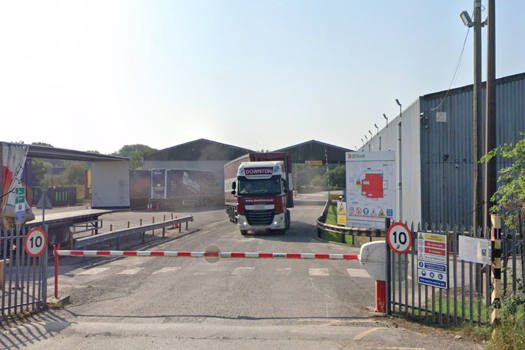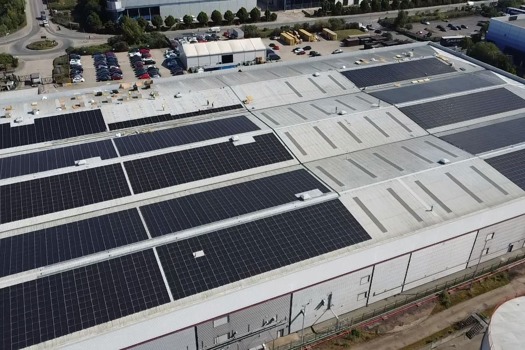The new event, held at Londons Olympia and co-located with Pira's digital conference, was officially opened by Polestar chief executive Barry Hibbert who said: Digital print and digital workflows require everyone to come together, and there is a multi-faceted group of people here at the show.
Digital heralds a new era and is probably the most important development since litho, he added. Today the products are tried, tested and proven. Digital printing will directly affect everyone involved in the industry, including the number of employees, because workflows are going to become more automated.
Hibbert said digital had the potential to affect everything, even mass-produced print.
Polestar's Hibbert, Basingstoke Press chairman Gordon Hill and 1st Byte managing director Lawrence Dalton discussed the issues.
Digital print has become an essential tool and will become increasingly so, at the expense of other processes.
Digital wont kill litho for short runs, but marketing people will get wise to one-to-one and print on demand, I fear for the jobbing litho printer in the next three to five years, said Dalton.
According to Hibbert digital print technology ultimately made any sheetfed vulnerable.
Awareness of the benefits of print-on-demand and personalisation was rising. Hibbert said marketers were starting to demand personalisation, across all types of product. He gave as an example the Viking Direct catalogue, 24m copies of which are produced by Polestar across Europe.
In the next two-to-three years Vikings top customers will get fully personalised catalogues, he said. The catalogue already features personalisation using ink-jet over printing, and the ultimate aim is to personalise all copies.
Vision in Print chief executive Richard Gray asked if client data capture and databases were getting better to support personalisation.
There is a problem in general, but it is getting better, responded Hibbert. Marketers are waking up to it, digital print will drive developments in databases via the demands of marketing.
The potential of digital was recognised by clients said Hibbert, who commented that many of Polestars customers wanted the company to show commitment and planning for digital to win work.
But the panel, prompted by St Ives group technical director John Charnock all agreed that finishing needed to develop in line with other digital developments to make sure the industry remained competitive.
It was highlighted that finishing is an integral part of manufacturing products and that was the industrys USP. If output was just flat sheets then there would be far more competition from desktop printers producing materials at the point of need, and finishing was not likely to become a desktop product.







